Surprise your culinary senses by discovering the unexpected versatility of your freezer. This kitchen staple holds more potential than merely storing leftovers. Dive into the world of freezing, where preservation meets creativity, and gain a new appreciation for these 14 everyday foods you didn’t know were freezer-friendly. From dairy delights to baked goods, find out how freezing can expand your culinary repertoire.
Eggs

Ever wondered about freezing eggs? It’s entirely possible, though not many people are aware of this nifty trick. Start by cracking them open and whisking the yolks and whites until blended. Pour the mixture into ice cube trays to freeze. Once solid, transfer the egg cubes into freezer bags.
This method ensures you have eggs on hand for baking or cooking whenever needed. One fun fact is that while raw eggs in shells cannot be frozen, this method solves the problem efficiently.
Experience the convenience of having eggs ready, especially during baking marathons or breakfast preparations!
Butter
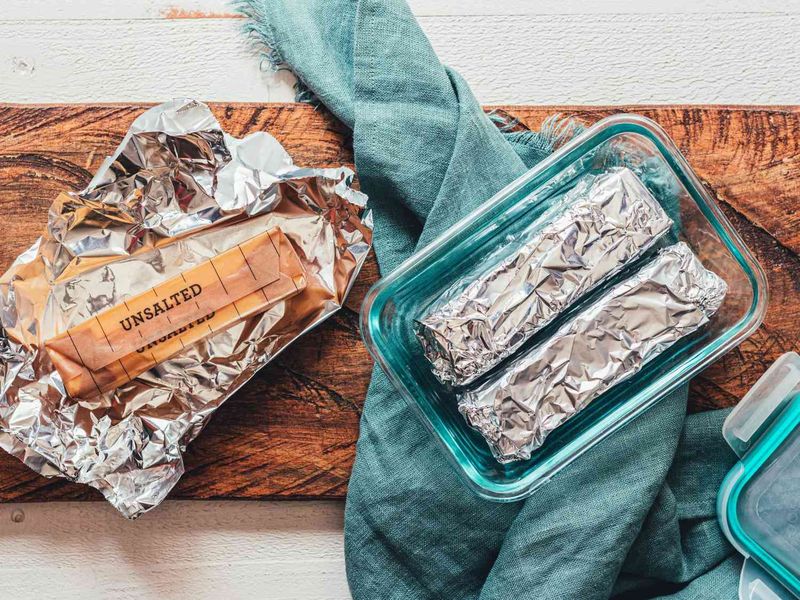
Butter, a staple in many kitchens, can actually be stored in the freezer for months. This is a revelation for avid bakers and cooks, who often find themselves running out unexpectedly. By freezing butter, you preserve its freshness and flavor over time.
To freeze, simply wrap the butter in its original packaging or place it in a sealed freezer bag. This method is beneficial for those who enjoy stocking up during sales or prefer having an emergency stash.
Discover the joy of having creamy, rich butter available whenever inspiration strikes in the kitchen!
Milk
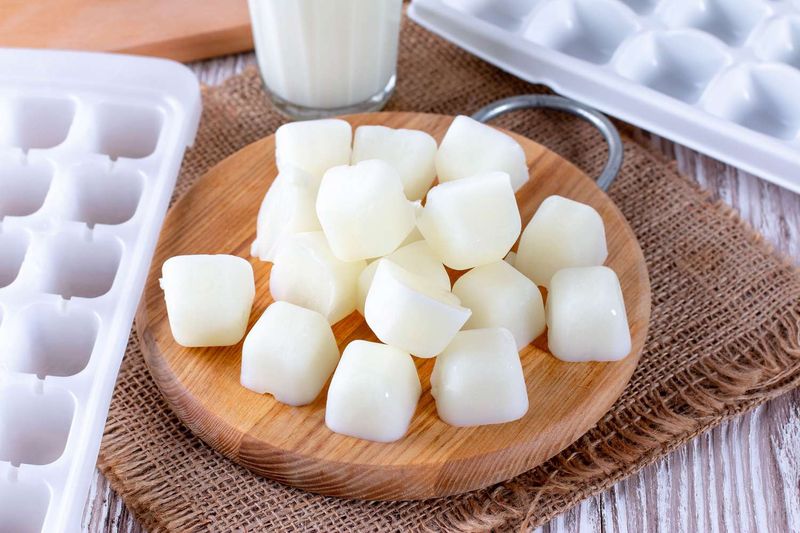
Running low on milk? Fear not, as milk is surprisingly freezer-friendly. Pour milk into its container, leaving some space for expansion, and freeze it. Thaw in the refrigerator and shake well before use, as separation might occur.
This approach is ideal for families who consume milk infrequently or when going on vacations. Fun fact: freezing milk doesn’t alter its nutritional value, making it just as healthy.
Enjoy the convenience of having milk available at all times, perfect for impromptu coffee cravings or cereal mornings.
Cheese
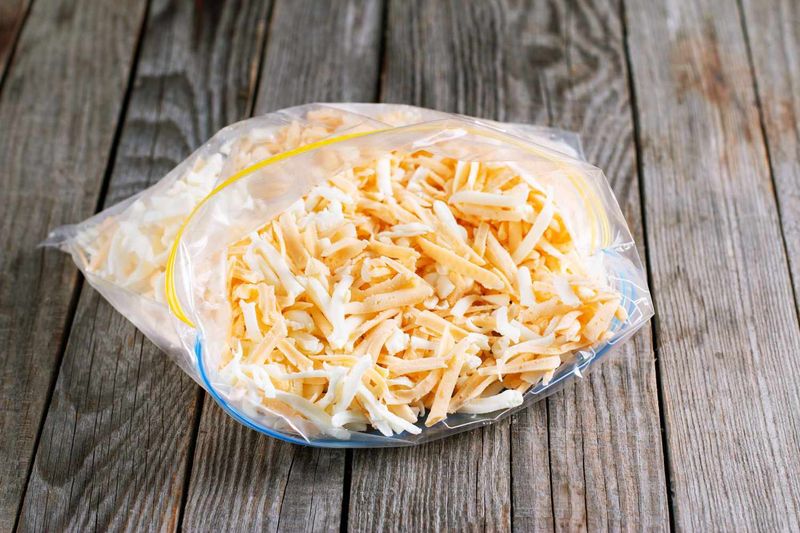
Cheese lovers rejoice! Many types of cheese are freezer-friendly, allowing you to enjoy your favorites anytime. Hard cheeses like cheddar or Swiss freeze particularly well. Grate them beforehand and store in airtight bags.
Freezing cheese preserves its flavor, though texture might slightly change. This method is excellent for those who buy in bulk or enjoy variety. Fun fact: the flavor of aged cheeses intensifies when frozen.
Having cheese ready for pizzas, casseroles, or snacks has never been easier with this simple preservation method.
Bread
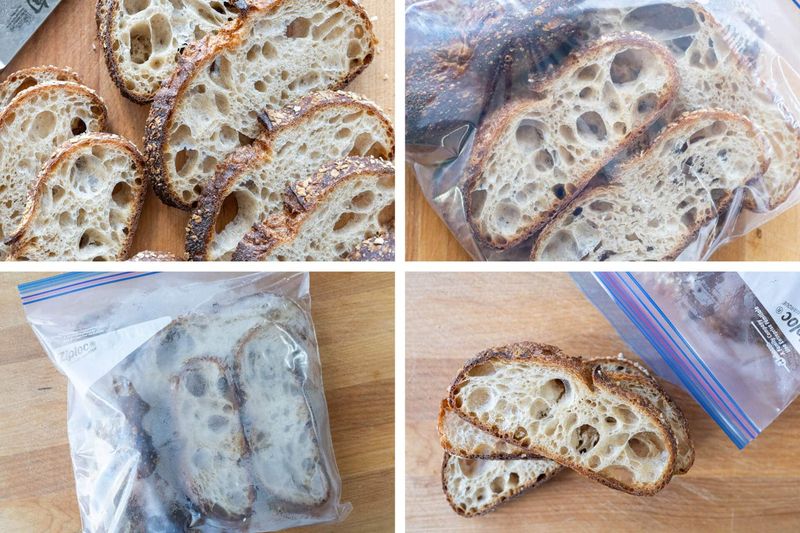
Bread is a staple that often goes to waste, but did you know it freezes well? Simply slice and wrap it before placing it in the freezer. When you’re ready to use it, toast directly or thaw to enjoy soft bread.
Freezing bread keeps it fresh and prevents mold, making it ideal for saving leftovers or buying in bulk. A fun bit of history: frozen bread has been used since the 1940s to reduce waste.
Enjoy fresh slices for sandwiches or breakfast, with the comfort of knowing none goes to waste.
Herbs
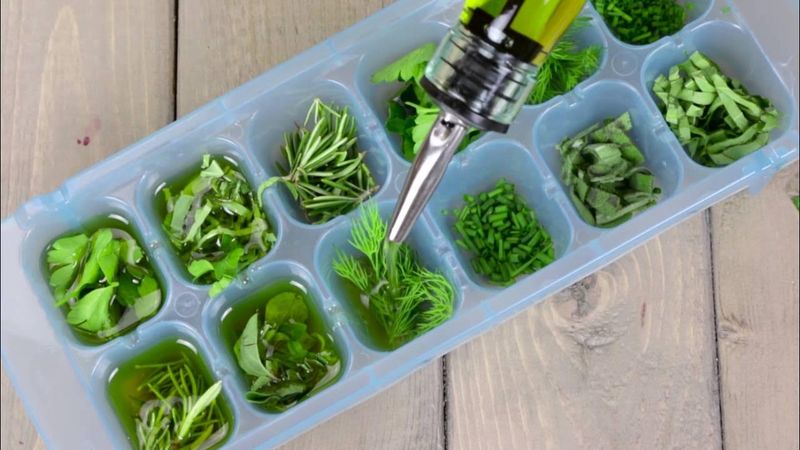
Herbs bring flavor to any dish, but they often spoil quickly. Freezing herbs, like basil or parsley, preserves their freshness and aroma. Chop and place them in ice cube trays with olive oil or water, then freeze.
This technique keeps herbs ready for soups, stews, or pastas, minimizing waste. While fresh herbs are a luxury, frozen ones provide convenience without sacrificing taste.
Revel in the ease of having herbs on hand whenever you need to add a touch of greenery to your culinary creations.
Rice
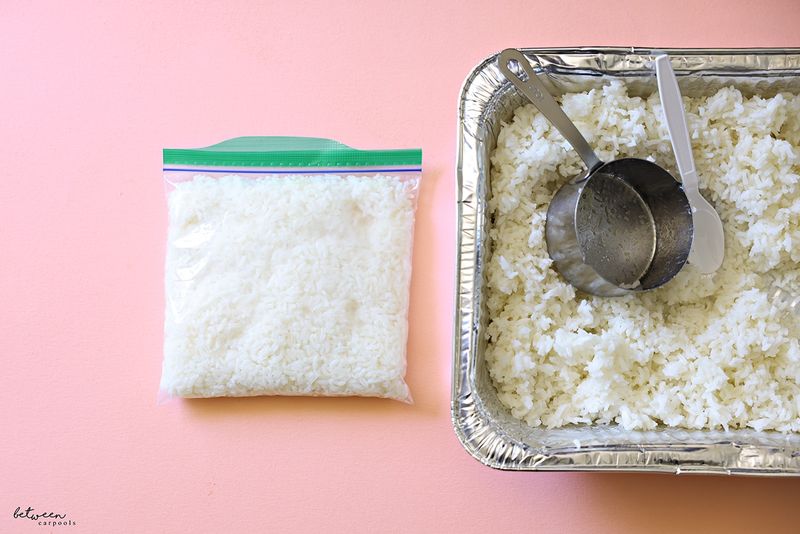
Cooked rice can be a lifesaver when frozen. Prepare a batch and freeze portions in small bags. Reheat directly from the freezer for a quick meal addition.
By freezing rice, you save time on busy days, ensuring you always have a base ready for stir-fries or curries. A quirky fact: freezing rice can also help reduce bacterial growth, keeping it safe.
Experience the simplicity of having a versatile food staple prepped and ready, making meal times efficient and stress-free.
Pasta
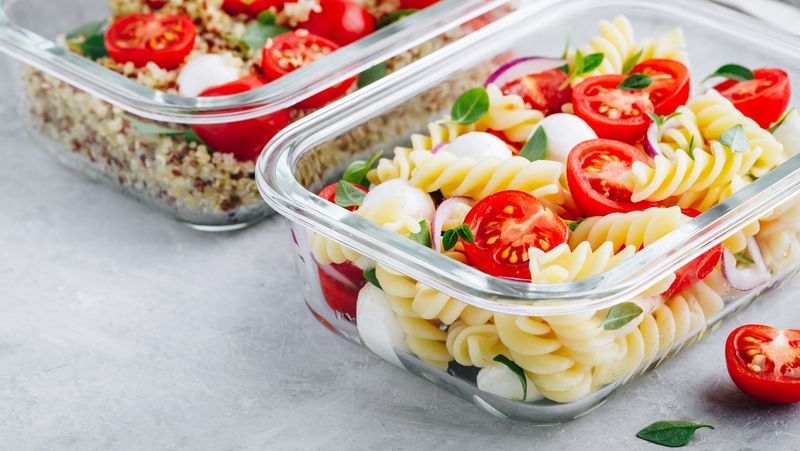
Freezing pasta is a revelation for those who love quick meals. Cooked pasta can be frozen in batches, allowing for easy meal preparation later. Ensure it’s slightly undercooked to avoid mushiness upon reheating.
This technique is perfect for busy evenings or unexpected guests, providing a quick solution. Surprisingly, pasta retains its quality when frozen properly.
Take comfort in knowing that your favorite pasta dishes are always an option, ready to delight taste buds with minimal effort.
Yogurt

Yogurt’s creamy texture makes it a favorite, and it can be frozen to extend its life. Place yogurt in its container or portion into smaller servings before freezing.
This approach is fantastic for smoothie lovers or those who enjoy frozen yogurt treats. A little-known fact: while the texture might change slightly, the probiotics remain effective.
Embrace the versatility of yogurt by having it on hand for breakfasts, shakes, or desserts, making your mornings both nutritious and delicious.
Nuts
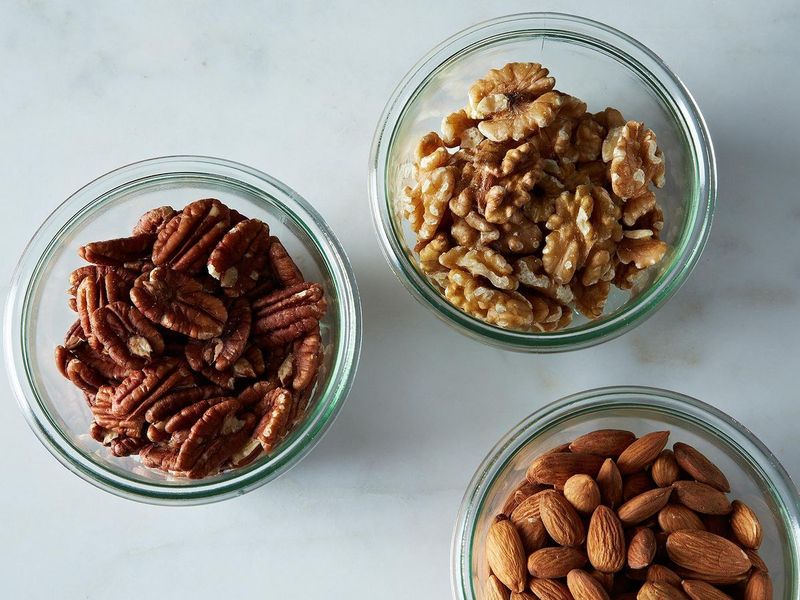
Nuts, often stored in pantries, freeze exceptionally well. Keeping them in the freezer prevents oils from turning rancid, extending freshness and flavor.
Whether you enjoy them as snacks or use them in baking, freezing nuts is a practical choice. Here’s a tip: freeze in airtight containers to maintain quality.
Indulge in the satisfaction of fresh, crunchy nuts at any time, perfect for culinary creations or healthy snacking.
Avocados
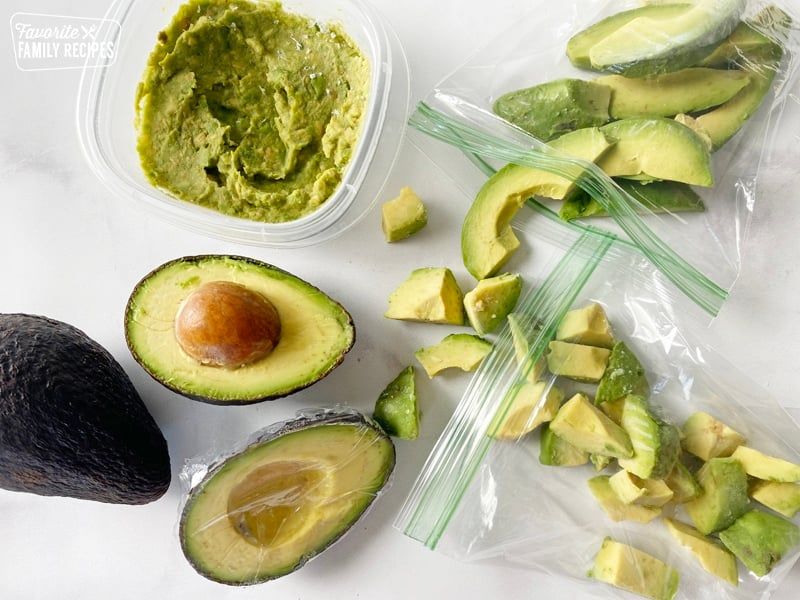
Surprisingly, avocados can be frozen too! Cut them in halves or mash with lemon juice and store in freezer bags. This prevents browning while keeping the creamy texture.
Frozen avocados are ideal for smoothies or spreads, offering flexibility in meal planning. Fun fact: freezing doesn’t diminish the healthy fats they provide.
Savor the convenience of having avocados available, ensuring your guacamole ambitions or breakfast toasts are always within reach.
Tomatoes
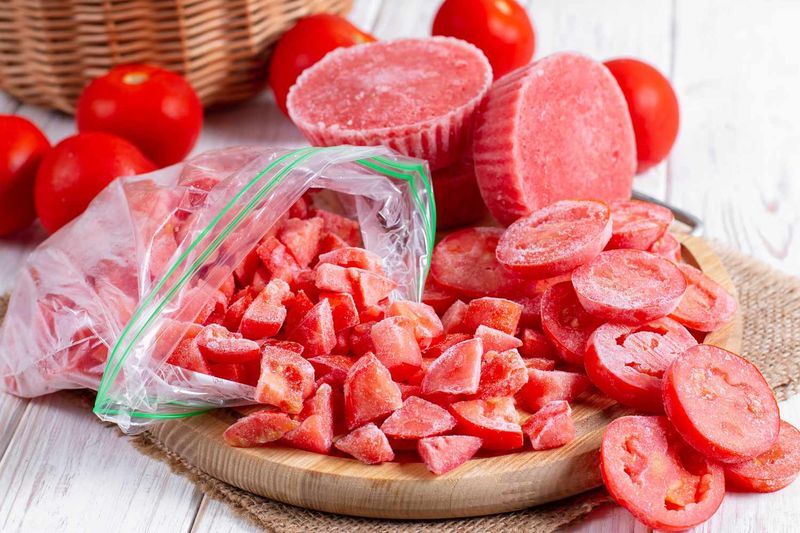
Tomatoes, a kitchen staple, can be frozen whole or chopped. Place them on a tray until solid, then transfer to bags. This technique is perfect for sauces or stews.
Frozen tomatoes maintain their flavor, though their texture softens, which is suitable for cooking purposes. A fun historical tidbit: freezing tomatoes has been a practice since WWII to preserve surplus harvests.
Enjoy the burst of tomato flavor in your dishes, knowing you have a steady supply at your fingertips.
Bananas

Bananas are incredibly freezer-friendly, perfect for smoothies or baking. Peel and chop them before freezing on a tray. Once solid, store in bags.
This method prevents wastage and ensures you always have ripe bananas ready for recipes. Did you know? Frozen bananas can be blended into ice cream-like treats.
Delight in the tropical flavor of bananas, knowing you have a constant supply for all your culinary needs, from desserts to healthy snacks.
Grapes
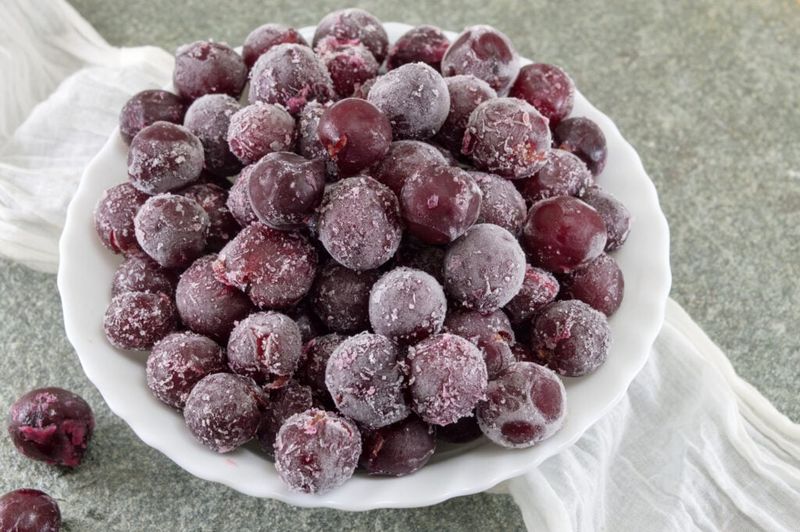
Frozen grapes make for a delightful snack, retaining their sweetness and providing a refreshing burst. Wash and dry grapes before spreading them on a tray to freeze individually.
This method is not only fun for snacking but also great for cooling drinks without watering them down. Interestingly, frozen grapes have been used as a wine chiller substitute.
Relish the joy of having a naturally sweet treat or drink enhancer at your disposal, perfect for hot days or entertaining guests.
Leave a comment